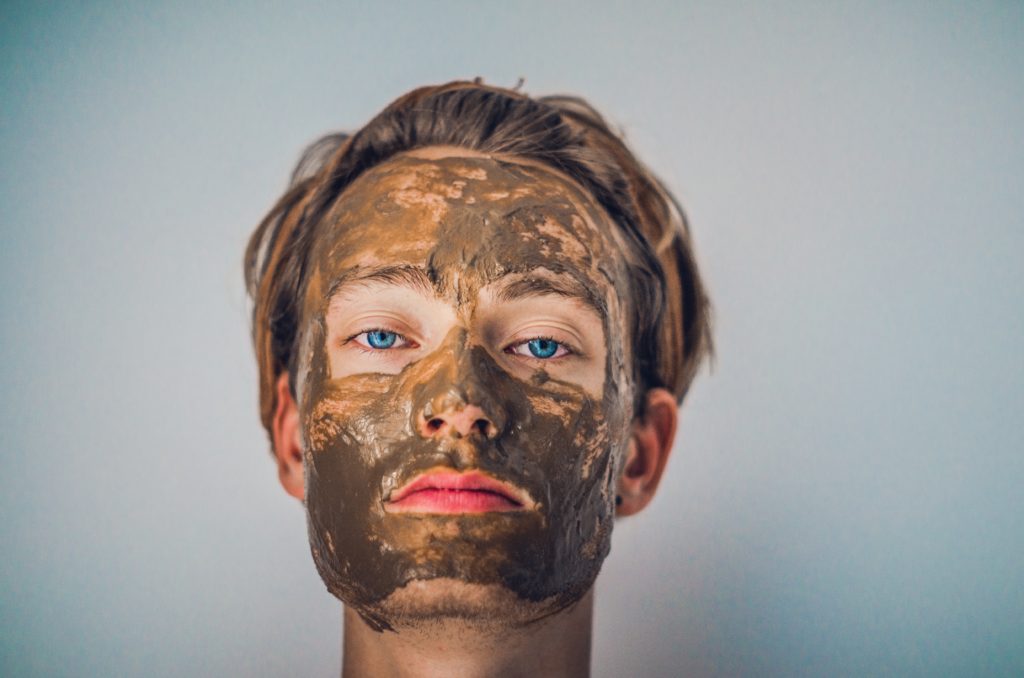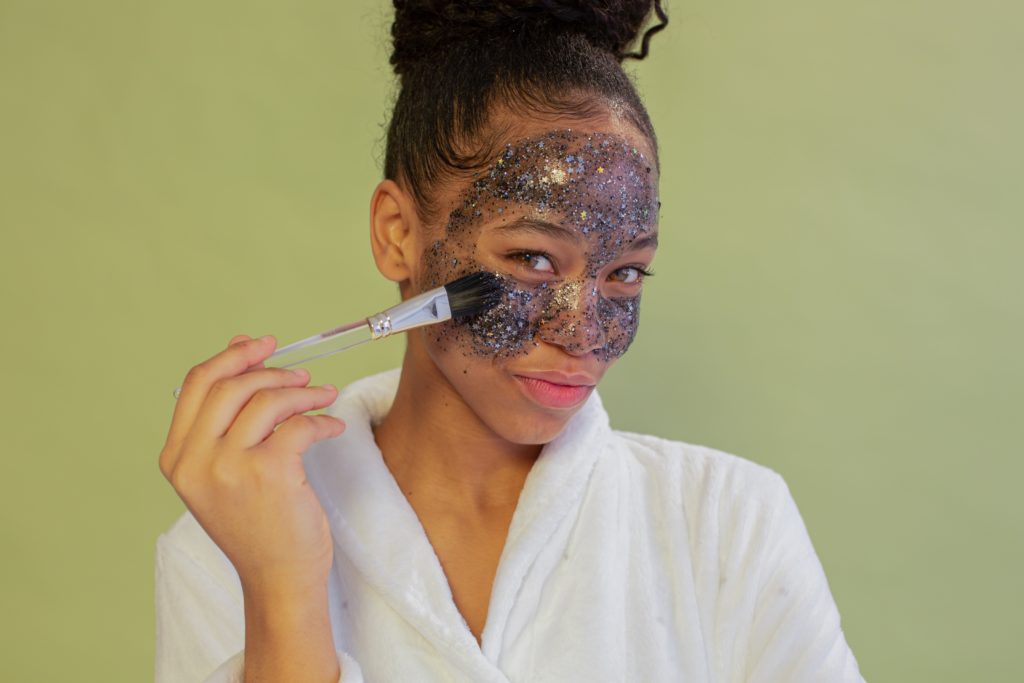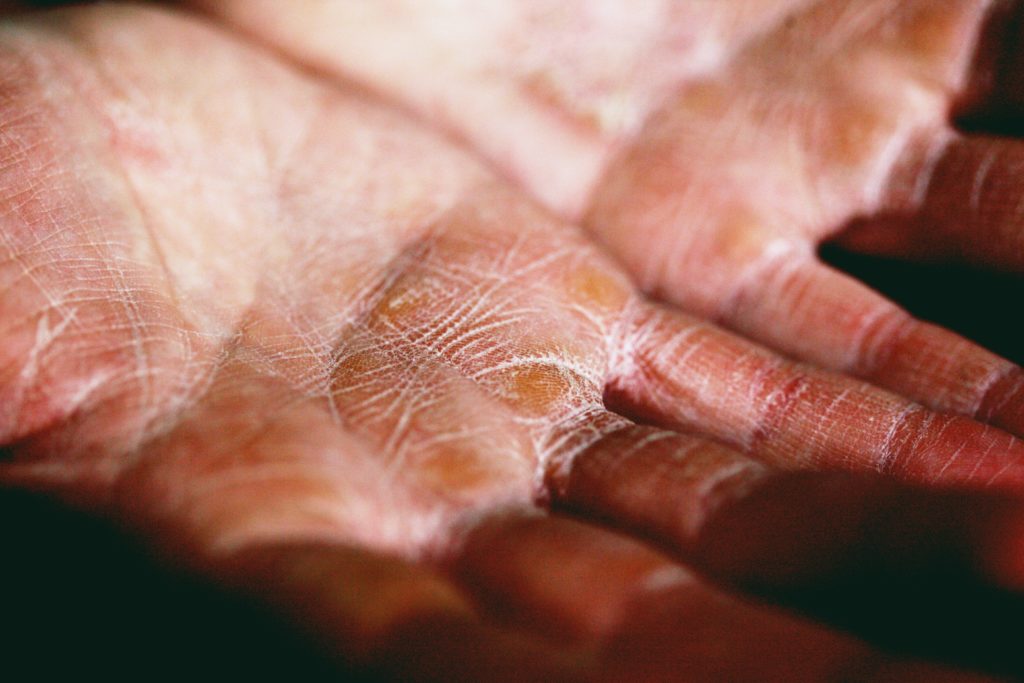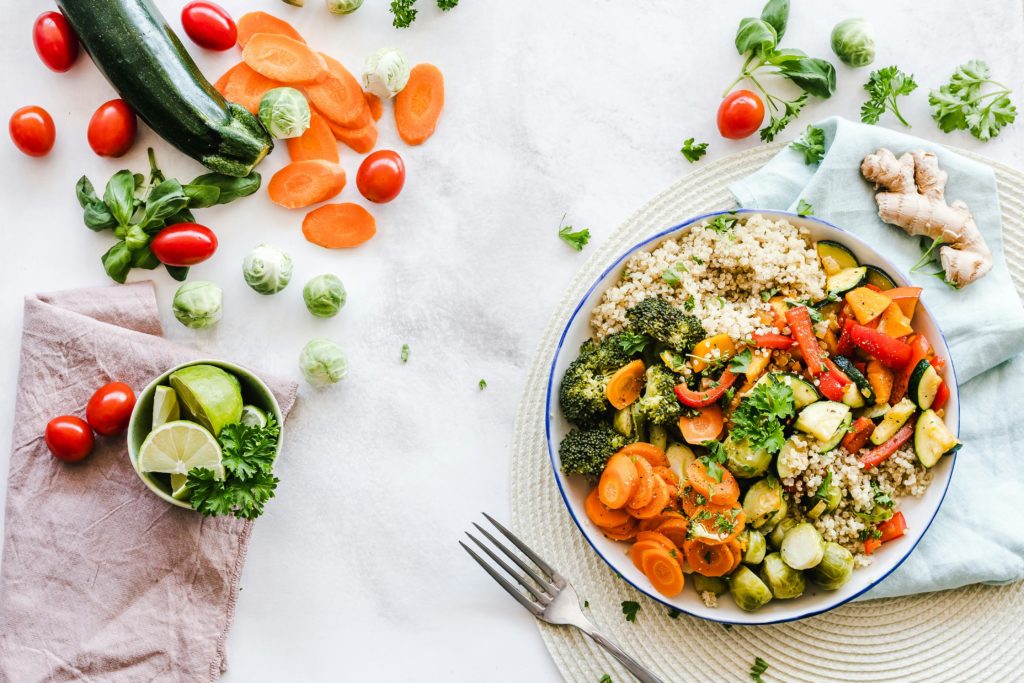Natural skin remedies have been used for centuries to treat various skin conditions and to promote healthy, glowing skin. In India, natural remedies have been a part of the culture for thousands of years.
Indian remedies use natural ingredients that are easily available and affordable, making them an excellent choice for those who want to take care of their skin without using chemical-laden products.
In this article, we will explore authentic Indian natural skin remedies and their benefits.
We will discuss traditional Indian remedies for glowing skin, common skin problems and Indian remedies to treat them, Ayurvedic skincare rituals, and the benefits of incorporating these remedies into your daily skincare routine.
Traditional Indian Remedies for Glowing Skin
Indian remedies for glowing skin use natural ingredients such as turmeric, sandalwood, neem, and aloe vera, which are known for their anti-inflammatory, anti-bacterial, and anti-fungal properties.
1. Turmeric Face Mask
Turmeric has been used in Indian cuisine and traditional medicine for centuries. The spice is known for its anti-inflammatory, anti-bacterial, and antioxidant properties.
To make a turmeric face mask, mix turmeric powder with yogurt and honey. Apply the mask to your face and leave it on for 15-20 minutes. Rinse off with warm water.
2. Sandalwood Face Pack
Sandalwood is a natural astringent that helps to tighten and tone the skin. To make a sandalwood face pack, mix sandalwood powder with rose water and apply it to your face. Leave it on for 20-30 minutes and rinse off with water.
3. Neem Face Pack
Neem is a natural antiseptic that helps to fight acne and other skin conditions. To make a neem face pack, grind neem leaves into a fine paste and mix it with honey and yogurt. Apply the pack to your face and leave it on for 20-30 minutes. Rinse off with warm water.
4. Aloe Vera Gel
Aloe vera is a natural moisturizer that helps to soothe and hydrate the skin. To use aloe vera on your skin, extract the gel from the plant and apply it directly to your skin. Leave it on for 10-15 minutes and rinse off with water.
Common Skin Problems and Indian Remedies
Indian remedies can be used to treat various skin problems, such as acne, dark spots, and dry skin.
1. Acne
Acne is a common skin problem that affects people of all ages. Indian remedies for acne include neem, turmeric, and honey.
To use neem for acne, grind neem leaves into a paste and apply it to the affected area. Leave it on for 20-30 minutes and rinse off with water. To use turmeric for acne, mix turmeric powder with honey and apply it to your face. Leave it on for 15-20 minutes and rinse off with warm water.
2. Dark Spots
Dark spots are often caused by sun damage or acne scarring. Indian remedies for dark spots include sandalwood, lemon, and turmeric.
To use sandalwood for dark spots, mix sandalwood powder with rose water and apply it to the affected area. Leave it on for 20-30 minutes and rinse off with water. To use lemon for dark spots, cut a lemon in half and rub it over the affected area. Leave it on for 10-15 minutes and rinse off with water.
3. Dry Skin
Dry skin can be caused by various factors such as cold weather, hot showers, and harsh soaps. Indian remedies for dry skin include aloe vera, honey, and milk.
To use aloe vera for dry skin, extract the gel from the plant and apply it directly to your skin. Leave it on for 10-15 minutes and rinse off with water.
To use honey for dry skin, mix honey with coconut oil and apply it to your skin. Leave it on for 15-20 minutes and rinse off with warm water.
To use milk for dry skin, soak a cotton ball in milk and apply it to your skin. Leave it on for 10-15 minutes and rinse off with water.
Ayurvedic Skin Care Rituals
Ayurveda is a traditional Indian system of medicine that emphasizes the balance between mind, body, and spirit. Ayurvedic skincare rituals focus on maintaining the balance of the three doshas, or energies, in the body – vata, pitta, and kapha.
Understanding Your Skin Type
Before starting an Ayurvedic skin care routine, it’s important to understand your skin type. There are three skin types in Ayurveda – vata, pitta, and kapha.
- Vata skin is dry, thin, and delicate. It is prone to wrinkles, fine lines, and dehydration.
- Pitta skin is oily, sensitive, and prone to acne and inflammation.
- Kapha skin is thick, oily, and prone to clogged pores and breakouts.
Ayurvedic skincare rituals include cleansing, exfoliating, and moisturizing the skin using natural ingredients.
Cleansing
To cleanse the skin, Ayurvedic practitioners recommend using natural ingredients such as chickpea flour, rose water, and milk.
Mix chickpea flour with rose water or milk to make a paste and apply it to your skin. Massage the paste onto your skin in circular motions and rinse off with water.
Exfoliating
To exfoliate the skin, Ayurvedic practitioners recommend using natural ingredients such as sandalwood powder, turmeric, and honey. Mix sandalwood powder, turmeric, and honey to make a paste and apply it to your skin. Massage the paste onto your skin in circular motions and rinse off with water.
Moisturizing
To moisturize the skin, Ayurvedic practitioners recommend using natural ingredients such as coconut oil, almond oil, and aloe vera.
Apply coconut oil or almond oil to your skin and massage it in. Leave it on for 15-20 minutes and rinse off with water.
Extract the gel from the aloe vera plant and apply it directly to your skin. Leave it on for 10-15 minutes and rinse off with water.
Benefits of Using Indian Natural Skin Remedies into Your Daily Skincare Routine
There are several benefits to incorporating authentic Indian natural skin remedies into your daily skincare routine, including:
- Natural ingredients – Indian remedies use natural ingredients that are safe and effective for the skin.
- Affordable – Indian remedies use ingredients that are easily available and affordable, making them an excellent choice for those who want to take care of their skin without spending a lot of money.
- Anti-inflammatory – Many Indian remedies have anti-inflammatory properties that help to reduce inflammation and redness on the skin.
- Anti-bacterial – Many Indian remedies have anti-bacterial properties that help to fight bacteria on the skin, reducing the risk of acne and other skin infections.
- Anti-aging – Many Indian remedies have anti-aging properties that help to reduce the appearance of fine lines and wrinkles on the skin.
Conclusion
Using authentic Indian natural skin remedies into your daily skincare routine can have numerous benefits for your skin, including using natural ingredients, being affordable, having anti-inflammatory and anti-bacterial properties, and having anti-aging properties.
From turmeric face masks to coconut oil massages, there are a variety of natural remedies that can help to nourish and protect your skin. Remember to always patch test a new ingredient or product before using it on your face, and consult with a dermatologist if you have any concerns or persistent skin issues.
FAQs
1. Are Indian natural skin remedies safe for all skin types?
Yes, Indian natural skin remedies are safe for all skin types. However, it’s important to understand your skin type before starting a skincare routine to ensure that you’re using the right ingredients.
2. How often should I use Indian natural skin remedies?
It’s recommended to use Indian natural skin remedies once or twice a week to see results. However, some remedies can be used more frequently, while others should only be used sparingly.
3. Can Indian natural skin remedies replace my current skincare routine?
Indian natural skin remedies can be used as a supplement to your current skincare routine. However, it’s important to continue using products that work well for your skin and to consult with a dermatologist if you have any concerns.
4. How long does it take to see results from using Indian natural skin remedies?
Results can vary depending on the individual and the remedy being used. Some remedies may show results immediately, while others may take a few weeks of consistent use to see noticeable improvements.



